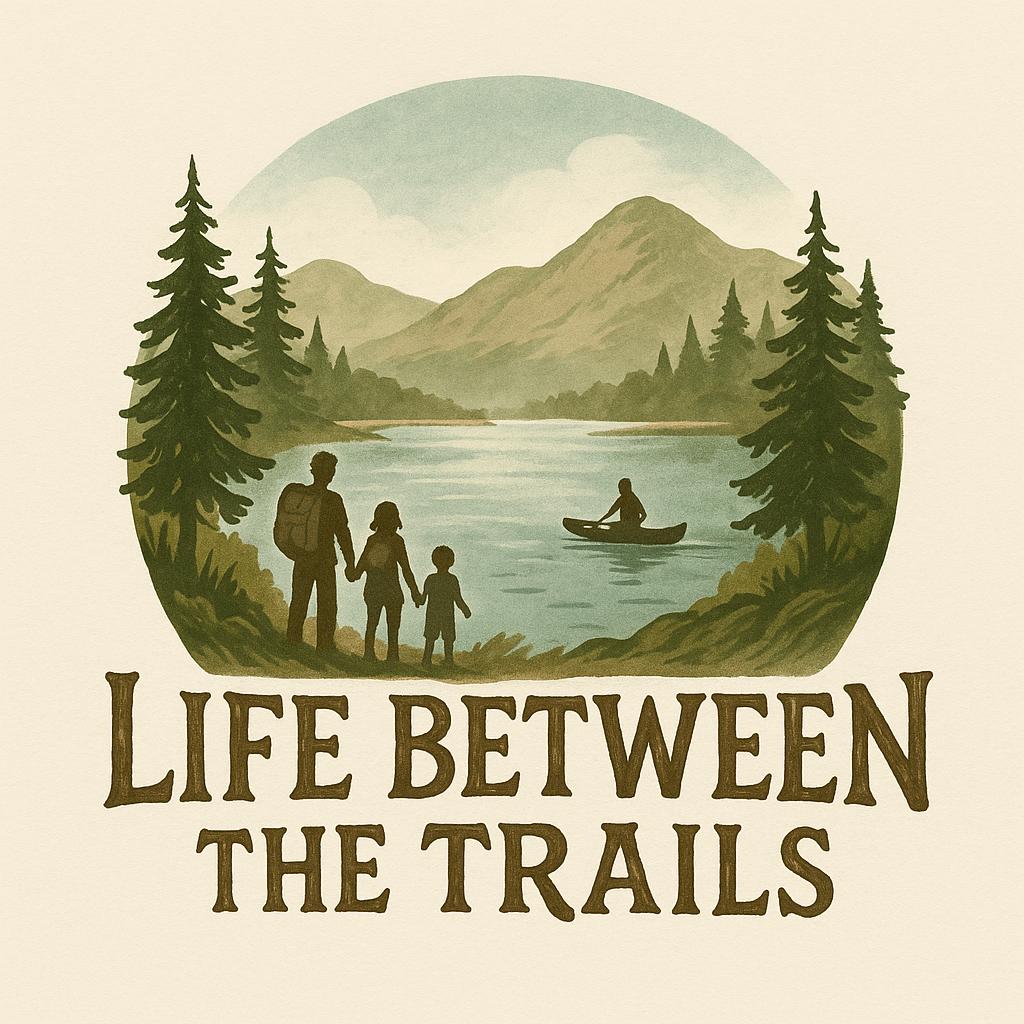Why Nature Belongs in Occupational Therapy
- Life Between The Trails

- May 13
- 4 min read

A look at the benefits of nature-based practice through an OT lens
As an Occupational Therapist—and someone who’s experienced first-hand the healing power of nature—I’ve come to believe that green spaces are more than just “nice to have.” They are vital. Nature can be a gentle co-therapist, offering sensory-rich, healing experiences that support our clients in ways clinical environments sometimes can’t.
In this post, I want to explore the benefits of nature-based Occupational Therapy and why I believe nature should be considered an essential therapeutic setting, not an alternative one.
---
What Is Nature-Based (Outdoor) Occupational Therapy?
‘As it says on the tin’ where OT combines therapeutic activity and goal-setting into outdoor or natural environments. It’s not just about being outside—it’s about using nature purposefully to support health, regulation, motor development, connection, and meaningful occupation.
---
The Benefits of Nature in OT Practice
1. Supports Mental Health & Emotional Regulation
Spending time in nature can significantly reduce stress, anxiety, and depression. Natural environments support nervous system regulation by providing calm, relaxing, sensory input—like birdsong, the rustle of leaves, or the rhythm of walking on a forest path. For many people, it’s a powerful way to ground themselves and gently reconnect with the present.
2. Enhances Sensory Integration
Natural settings provide rich sensory experiences with less overwhelming environment. Touching bark, smelling herbs, hearing wind—it’s a multi-sensory playground that helps clients (especially those with sensory processing differences) regulate and organise sensory input in the present.
3. Boosts Motivation & Engagement
Many clients—especially children—are more engaged in therapeutic activities when they’re outside. Whether it’s balancing on a log, digging in the soil, or making art from natural materials, therapy feels more like play, and a lot of progress is seen in this environment.
4. Improves Physical Health & Movement Skills
Outdoor environments naturally encourage functional movement: climbing, stretching, lifting, walking on uneven ground. These movements support gross and fine motor development, coordination, balance, and core strength—all in a way that feels purposeful and doesn’t feel ‘forced’.
5. Promotes Connection and Meaning
Nature attracts reflection and offers a place to process difficult emotions. For people recovering from trauma, illness, or burnout, it provides a place without judgement to reconnect—with self, with others, and with something bigger. This can be so powerful in building occupational identity and regaining hope.
6. Encourages Social Participation
Outdoor settings often reduce social pressure. Group gardening, nature walks, or environmental clean-ups can provide low-barrier, meaningful, social opportunities that build confidence and connection without formal clinical setting.
7. Supports Cognitive Function
Exposure to nature could enhance attention, memory, and executive function, just a short walk in a green space can restore mental energy and focus.
---
How You Can Use This in Everyday Life
You don’t need to be a therapist or have access to a forest to benefit from these principles. Here are practical ways anyone can bring nature into daily routines:
Take a sensory walk: Tune in to five things you can see, four you can touch, three you can hear, two you can smell, and one you can taste (if safe).
Eat outside: Even a 10-minute lunch break in a garden or on a balcony can shift your mood.
Grow something: A pot of herbs on your windowsill or a small raised bed connects you to the rhythms of nature and offers a sense of accomplishment.
Use nature as a reset: Step outside when you’re overwhelmed, anxious, or overstimulated. Let the wind, sun, or rain interrupt your thought patterns and help you regulate.
Create with natural materials: Collect leaves, rocks, or sticks and use them in art or mindfulness exercises.
Make it social: Invite someone on a walk instead of meeting for coffee. The shared movement and setting often make conversations feel easier and more open.
Involve the whole family: Nature-based play benefits both children and adults. Build forts, go bug hunting, climb trees—whatever connects you to your environment.
Above all, reframe time in nature not as a luxury, but as a necessity for well-being—an occupation in its own right.
---
A Reconnection for All
OT in nature is a return to something essential. A quiet remembering that healing doesn’t always happen in fluorescent-lit rooms, but often beneath trees, on muddy trails, or beside a trickling stream.
As we help others re-engage in meaningful occupation, nature reminds us that we are part of something bigger—and that being well, means we are connected.
----
Further Reading & Resources
Hocking, C. (2022). Engaging with nature and the outdoors: A scoping review of therapeutic occupational engagement. British Journal of Occupational Therapy, 85(5), 345–358.
Burke, H. K., Burke, L. M., Hacker, C. G., & Lane, S. J. (2024). Nature-Based Pediatric Occupational Therapy: A Scoping Review. Physical & Occupational Therapy in Pediatrics, 44(1), 96–109.
White, M. P., et al. (2019). Spending at least 120 minutes a week in nature is associated with good health and wellbeing. Scientific Reports, 9, 7730.
Children & Nature Network: Neurodiversity and Nature – Occupational Therapy Outdoors
Centre for Sustainable Healthcare – Occupational Therapy SusNet




Comments